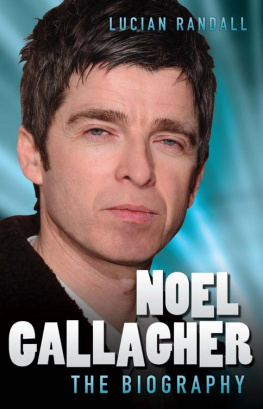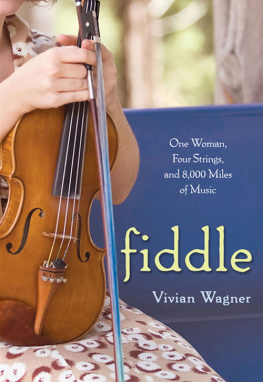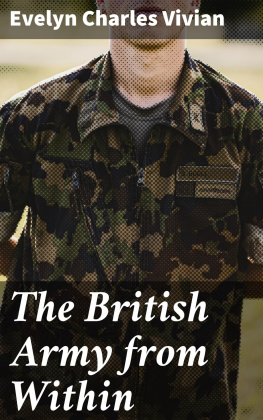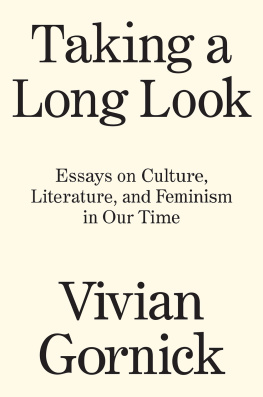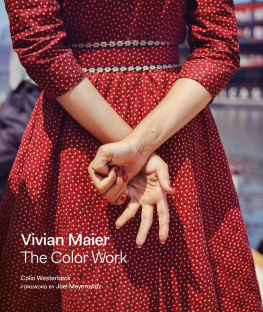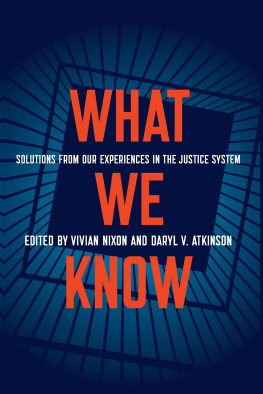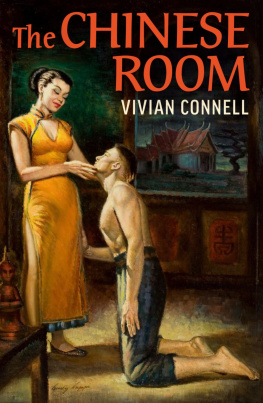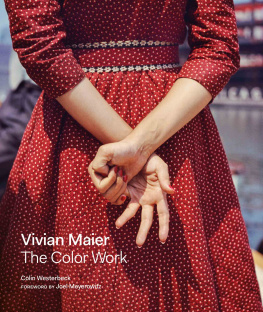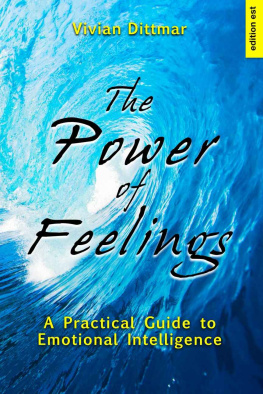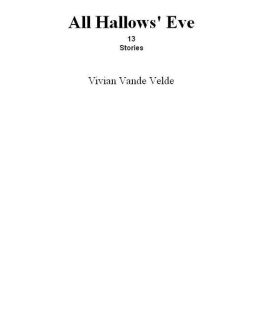He was one of those men in whom nature runs riot; she endows him with not one or two but twenty talents, all of them far beyond the average and then withholds the one ingredient that might have brought them to perfection a sense of balance and direction
1
Teddy Boys Dont Knit
Early years
A journalist once asked Vivian Stanshall to feature in a newspaper article she was writing about a species known as the English eccentric. Sir John Betjeman was to be the senior representative and Vivian the younger example. Was he, she enquired, still doing it? Stanshall was astonished by the question. He didnt do, he was simply being himself. On or off stage, he explored his absurdist vision of the world without pretence. Wherever he was, his outfits were equally flamboyant, his improvised routines often intricate and his physical presence captivated whoever was to hand, band mates, audiences or bewildered passers-by on the street. Anyone, as long as he could make a connection. His was not a persona applied for a performance and removed at the end of the evening along with the gold lam suit, those disturbing ping-pong-ball eyes or the pink rubber ears.
Whether playing the effete, sequinned showman with the Bonzo Dog Band or later reporting from the shadows of the stagnant countryside at Rawlinson End, Vivians sharp observations on the inanities of life were as personal as they were funny and they came in an unending stream, he never switched off. In full flow, as he was on The Intro and the Outro, a favourite Bonzo Dog Band track, he delivered rapid-fire gags, here a seemingly never-ending roll call of increasingly unlikely musicians. And looking very relaxed, Adolf Hitler on vibes. The image of the Fuhrer loosening up had an incongruity which was true of Vivian. He never relaxed; constant activity and new ideas bubbled and burst out of him, driving him, and everyone around him, to distraction. The interviewer who suggested this was a studied image was fortunate to have phoned rather than met him at his home. Vivian often made troublesome visitors feel uncomfortable by pausing mid-conversation to pointedly feed his collection of piranhas with freshly killed mice or to hint that one of his larger snakes was loose on the premises.
The journalist might have done better not to hunt for hidden tricks or mirrors and instead simply looked a little deeper into how one person could be inventive in so many fields. Or asked how that person could simultaneously be the upper-class squire and a ripe Cockney geezer and how it was that the murkier fringes of English normality came to be unflinchingly illuminated by an artist whose own character was formed in a part of traditional England. It was in a Great British seaside resort that Vivian spent most of his childhood.
Southend-on-Sea is a cheeky, presumptuous sort of place. For a start, it is some thirty-five miles to the east of London, rather than south. It is situated on the Thames Estuary; not quite the sea. It does have a famous funfair called the Kursaal and a mile-and-a-quarter pier, the worlds longest. Gaily festooning the seafront are the famous illuminations, signalling Southends status as an alternative to the drab, city streets of the capital. It certainly performed this function for many deprived London families in the 1950s. After a slow and tedious journey by steam train, thousands of eager holiday-makers spilled out of the station and headed for the front in search of dodgem cars, slot machines, deckchairs, hot dogs, jellied eels, cockles, tea and a game of bingo. The highlight was a trip on the pier railway or a heart-stopping ride on the water chute at the Kursaal.
London kids thought of Sarfend as a sort of paradise, a Never Never Land where time stood still and everyone lived on a diet of sweets, candy and hot doughnuts. It was difficult to imagine anyone actually living and working in such a pleasurable environment.
The small but busy town grew into an urban sprawl during the post-war years. In the process it merged with its older neighbours like Leigh-on-Sea. In this cluttered coastal conurbation Vivian Stanshall grew up in the 1950s with his mother, father and younger brother. Leigh-on-Sea isnt quite the romantic artists birthplace that Dublin, Paris or New York are, though actor Steven Berkoff was attracted to the area, featuring the mighty Kursaal amusement park in his early autobiographical play, East, as a place of escape and excitement. For a youngster who lived in the town all year round, it was the soulless Concreton alluded to in Vivians later tales of Sir Henry Rawlinson. If nothing else, the years there inculcated in Vivian a love of seafood, English seaside resorts and Cockney slang, habits and tastes.
Leigh-on-Sea was actually the remnants of an old fishing and smuggling village, which was well established when upstart Southend was still a hamlet. It was a place where you could still find cockle boats and sheds, sailors inns and clapboard cottages, and where you might spot a lively red-haired child with a penchant for painting and drawing. He grew into a noisy tearaway teenager with a fondness for practical jokes. Throughout his childhood, Vivian later claimed, he was hopelessly, innocently burdened with the ineluctable conviction that I was destined to be an artist and I really couldnt help that. His early interest in art came from his mothers side of the family. His great-great-grandfather was what was then called a black-and-white artist. Much as the inescapable portrait painters crowd popular attractions like Londons Leicester Square today, he would wander the streets drawing quick sketches or portraits. Eileen Stanshall, Vivians mother, was dragged into art shops and plagued by her young sons requests for art materials and paintings.
Mrs Stanshall was born Eileen Monica Prudence Wadeson in Kilburn, London, on 5 February 1911, and lived at 65 Salisbury Road in nearby Willesden Green. Her father was John Thomas Wadeson: In my fathers family every boy child was called John Thomas or Thomas John, which was a tradition which went back many years. There were no fancy names in those days! she says. He was a fireman who served in the Royal Navy during World War One, following which he drove an ambulance during the great influenza epidemic that ravaged Europe in 1919. Everybody was down with the flu and dying of it, recalls Eileen. They asked for volunteers to man the ambulances. I was about eight years old, and at school, and youd see the ambulances passing all day long.
The family were accommodated in a firemans house which seemed a place of comfort and security amid the crisis. Eileen recalls children and adults falling victim to the killer epidemic in every street in the neighbourhood, though her family was unscathed. She was the fourth child of Mary Beatrice (ne Douch), who had left a convent to be a nurse, just about the only work a girl could get in those days: My mother and all the children were Catholics and Dad wasnt. But if there were any dances on, hed go with her to the church hall.
Eileen went to school in Willesden Green and later went to work for the Address-O-Graph company, which made customized metal address plates for small businesses. She quickly grew tired of the endless clanking noise of the machinery. Aged eighteen she went for a job at a Catholic church furnishers called Burns, Oates and Washbourne, in the City, where she did office work. She remained single until her late twenties, when she went on a trip to a holiday camp at Caistor, near Great Yarmouth. Such holidays were very popular with young people as an alternative to staying in a staid old hotel; indeed, after World War One, the camps were built especially for teenage holiday-makers. The young man whose heart Eileen caught was born Vivian George Stanshall in 1911. By the time his future wife met him, he had a different name.


